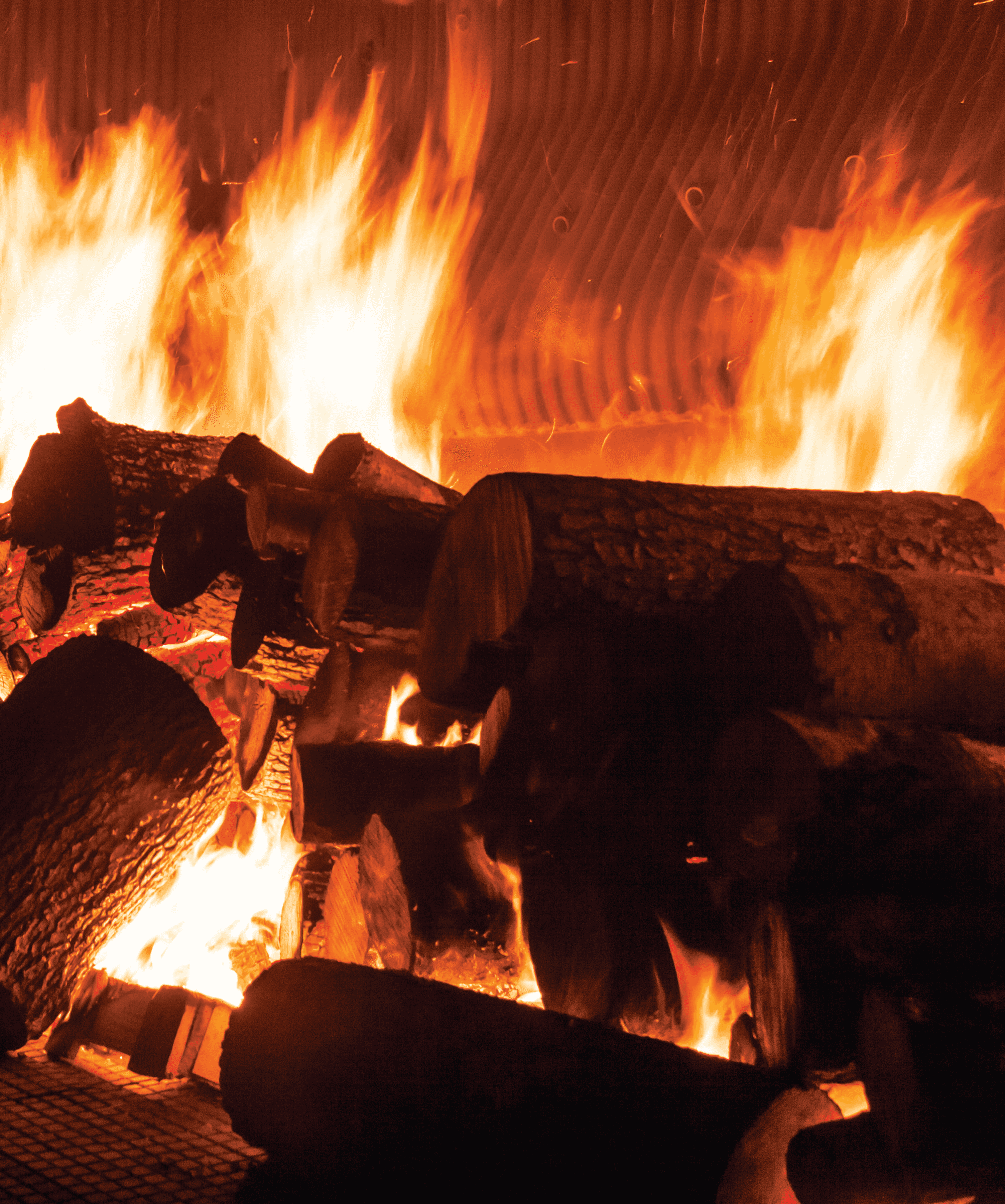
Turning Up The Heat
The media spotlight has been firmly fixed on rental properties recently – and on landlords’ obligations both legally, and morally, in terms of their tenants’ health. Louise Richardson takes a look at the latest heating options for a warm, healthy rental.
19 May 2016
As a nation we used to be well-known for our hard-nosed approach to home heating. Overseas visitors would often express amazement at New Zealanders heating only the living areas of their homes and bravely – even cheerfully, enduring ice-cold bedrooms, bathrooms and hallways. Nowadays, however, there’s a growing understanding of the importance of healthy homes and attitudes are changing fast.
A coroner's ruling in 2015 that the death of Auckland toddler Emma-Lita Bourne, aged two, was at least partly the result of sub-standard housing led to an immediate public outcry. In this case the property concerned was Housing New Zealand stock, but the ramifications of the coroner’s decision apply to private investors, too.
Safe, efficient heating is an absolute must, and no family should endure cold, damp accommodation. The World Health Organisation recommends temperatures in living spaces of between 18 and 20 degrees Celsius and no lower than 16 degrees in bedrooms.
Bearing in mind average outdoor winter temperatures vary markedly between Kaikohe in the north at 11.9 degrees, and Invercargill, where it’s just 6.2 degrees, it’s essential a bespoke solution is in put in place for each property.
The Bottom Line
In theory, under the law, the only thing a landlord is obliged to provide in terms of heating is a three-point plug, but with power costs having risen significantly over the past decade, small scale appliances such as bar heaters or fan heaters generally aren’t a viable option for anything other than short-term use in a small space. This means very few tenants can afford the sky-high power bills that can come with them and this was exactly the situation the Bourne family found themselves in.
Unflued gas heaters are similarly unsuitable for rentals. They create moisture, which leads to dampness, and are potentially dangerous if there isn’t enough ventilation in the room. They’ve also been ruled responsible for a number of tragic house fires.
Old-style open fires send most of the heat they generate up the chimney, along with smoke, which causes air pollution, and it is no longer legal to install these inefficient burners. Many designated air sheds (high air-pollution areas where air pollution is managed) in New Zealand towns and cities outlaw them completely. Luckily, modern glass-front coal or wood burning ‘clean air’ approved versions which comply with regulations are becoming popular and are many times as efficient. Landlords have many options, with potential to increase the value of a property – and its rental yield, while keeping renters comfortable.
Heat pumps: Essentially, heat pumps work by taking air from outside the property and pushing it back in. In engineering terms it’s a bit like a fridge – in reverse.
Take the area to be heated into account when choosing a heat pump as it’s important to install the correct-size unit for best results.
EECA and Consumer both offer expert independent advice, making it easy to do your homework before approaching a salesperson whose suggestions may not be impartial. As an added bonus, tenants can use timers to regulate their energy use.
Landlords have many options, with potential to increase the value of a property - and it's rental yield, while keeping renters comfortable.
Flued gas fires: While modern gas fires initially seem expensive to buy and install, they can work out to be extremely economical, especially when a property has access to mains gas. If it doesn’t, LPG gas bottles can be used instead and tenants’ use is tracked so replacement bottles are delivered on time, when necessary. EECA has a useful star system to help you choose an appropriate product for a particular dwelling’s needs and remember that you must use a registered gas-fitter.
Modern wood-burners and pellet burners: These are so-named because they provide all the heat and ambiance of an old-style wood-burner but are much more efficient. They’re economical – especially if you or your tenant has access to a regular wood supply – and are environmentally-friendly. Powered by electricity, wood pellet burners are similarly effective and the fuel they burn is made from wood shavings so they’re carbon neutral. Both have the potential to heat the tenants’ water via a wet-back system and transfer kits can move heat to where it’s needed. Bear in mind that when installing wood and pellet burners you’ll need to get a building consent.
Central heating: Very popular in other parts of the world – especially in Europe, and taking off in New Zealand now, central heating is reasonably economical and offers the advantage of heating all rooms equally, using water, wood, gas or wood pellets to create the energy required.
A Landlord's Tale
In Marlborough, investor Brian Kerr has been taking advantage of good deals available through the NZ Property Investors' Association, installing heat-pumps into his rentals. He’s found by and large that his tenants are very happy with them, especially after he’s spent some time helping them understand the most effective and economical ways in which to use the units.
“I’ve put in around eight heat pumps in the past five years,” Kerr says.
“Some of my renters like to stick with the original fireplaces because they have access to wood, but the ones who’ve moved to the heat pumps all seem to find them good. I don’t mind either way though because the heat pump increases the value of my property, regardless.
“It never hurts to go for a walk around, explaining exactly how a particular house ‘works’ and helping tenants understand what they can be doing in terms of getting maximum heat and comfort within it.”


